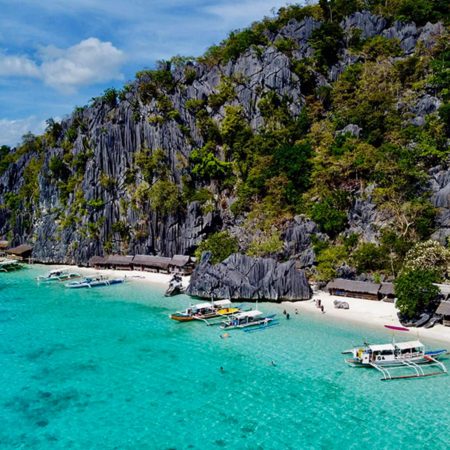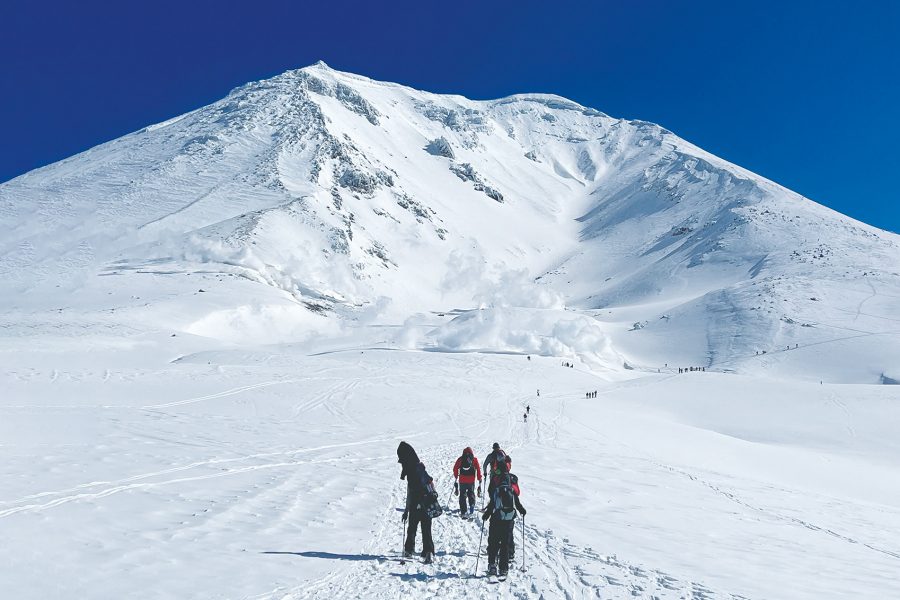Just two hours into my first outing on skis in three years, I’m already sore and cursing myself for not doing enough squats ahead of the trip. Truth be told, I’m not so much an avid skier as I am an avid ski holidaymaker – especially in Japan. Sure, I’ll be on the first lifts so I can glide through fresh powder in peace. But by lunch, I’m ready to kick off my boots, lounge in cute cafés and soothe away aches in an onsen, before ending the day with a feast.
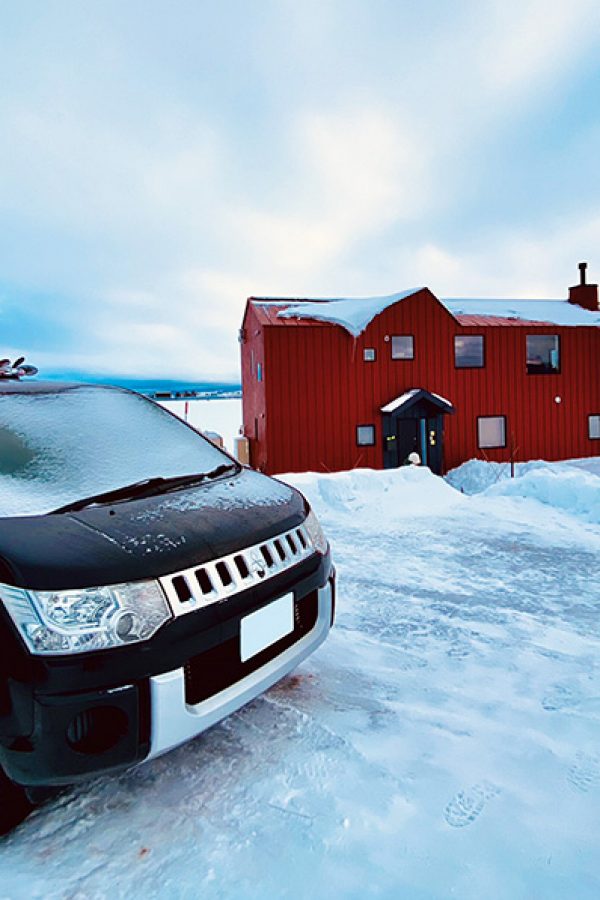
Credit: En-The Suites
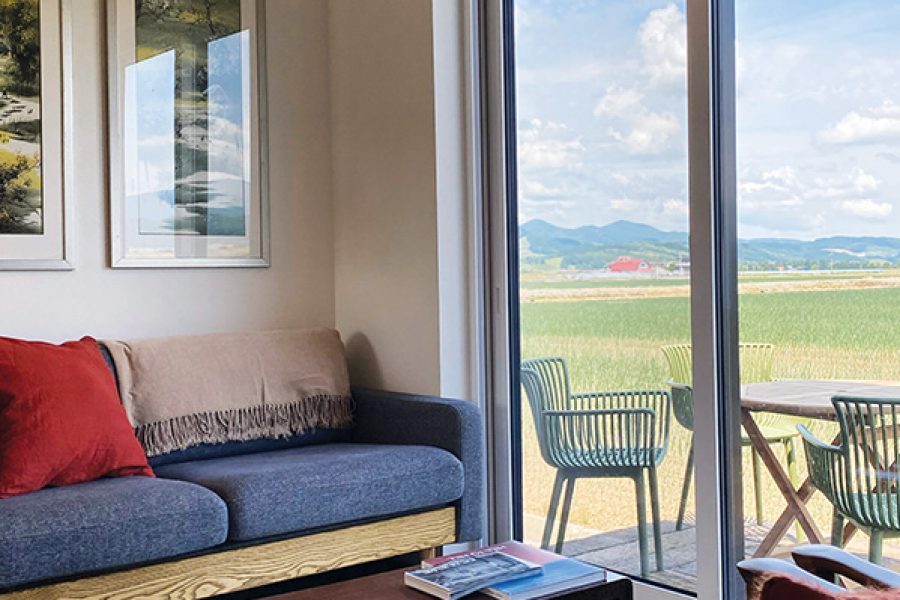
Credit: En-The Suites
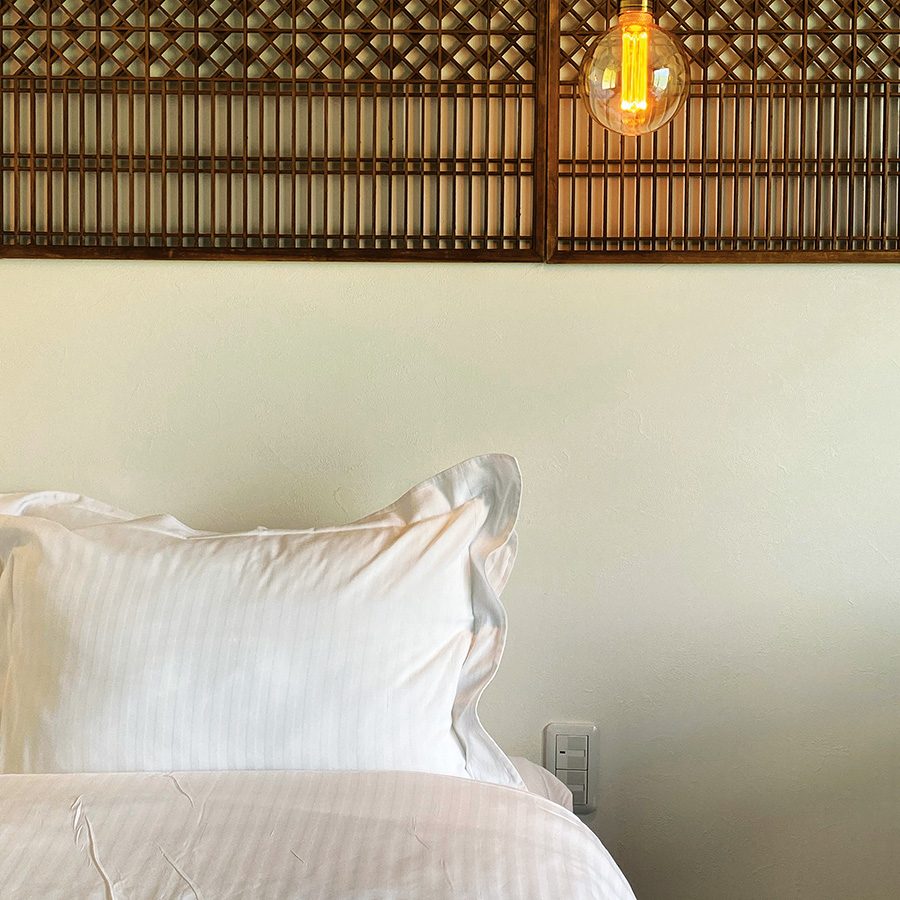
Credit: En-The Suites
Having long felt priced and crowded out of Niseko, my friends and I settled on Furano for our annual pilgrimage to Japan’s winter wonderland. Better known for its summer lavender blooms, this sleepy central Hokkaido town is increasingly on the radar of international skiers, drawn in by its quiet charm, value for money relative to Niseko, and consistent powder without the crowds. Complete with high-speed lifts, multilingual ski schools and varied terrain covering everything from long, wide beginner and intermediate runs, through to waist-deep powder for adventurous backcountry riders, it’s remarkable that Furano isn’t more popular than it is.
For skiing super-fans such as Eugenia and Nick Marrett, the pull to Furano was so strong that after 15 years of Hokkaido holidays, they traded their busy Tokyo lifestyle for a quiet rural way of life here.
The Singaporean-Australian couple built and now run En – The Suites Furano just outside the city centre, where we’re based for the next five days.
“We love how Furano is a real lived-in city that’s maintained its soul and culture, and it just so happens to have an amazing ski resort right beside it,” says Nick. “In Niseko, everything is built to cater to the resort. Here, you could go to a family-run restaurant that’s packed with gaijin [foreigners] during the peak seasons, then come back in the off seasons to find it equally packed with locals.” Eugenia adds, “Fortunately, the restaurants are still pricing themselves at the local market, so you don’t have to pay resort prices.”
And, oh, how we feasted, helped along by Eugenia’s extensive list of the area’s most delicious food. We developed a one-cheesecake-a-day habit at Furano Délice , enabled by our hosts who were always too happy to make a pit stop while ferrying us between En and the Kitanomine Gondola station as part of their complimentary shuttle service. With dairy being a Hokkaido speciality, cooling off from the onsen with a sofuto kurimu – soft serve – also became routine.
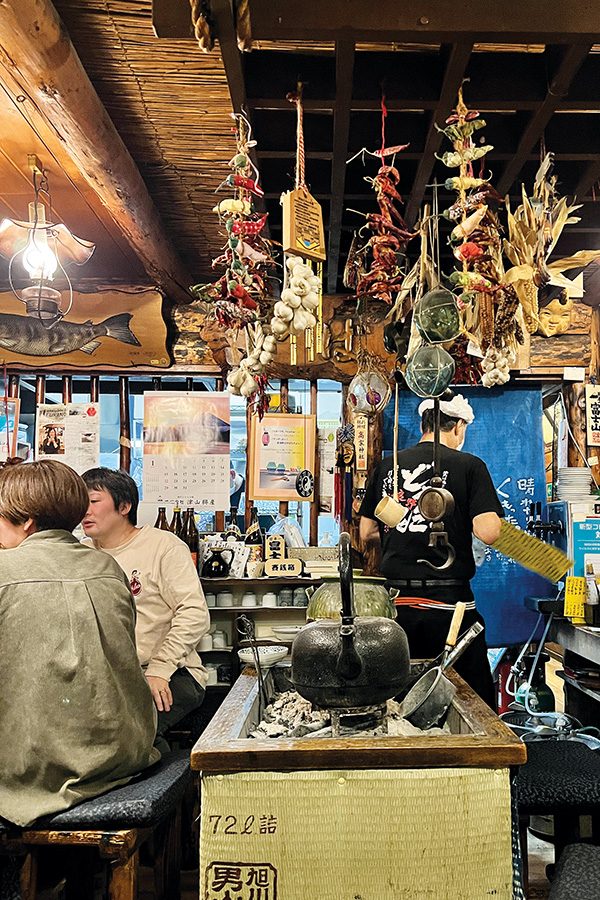
Credit: Alice Chan
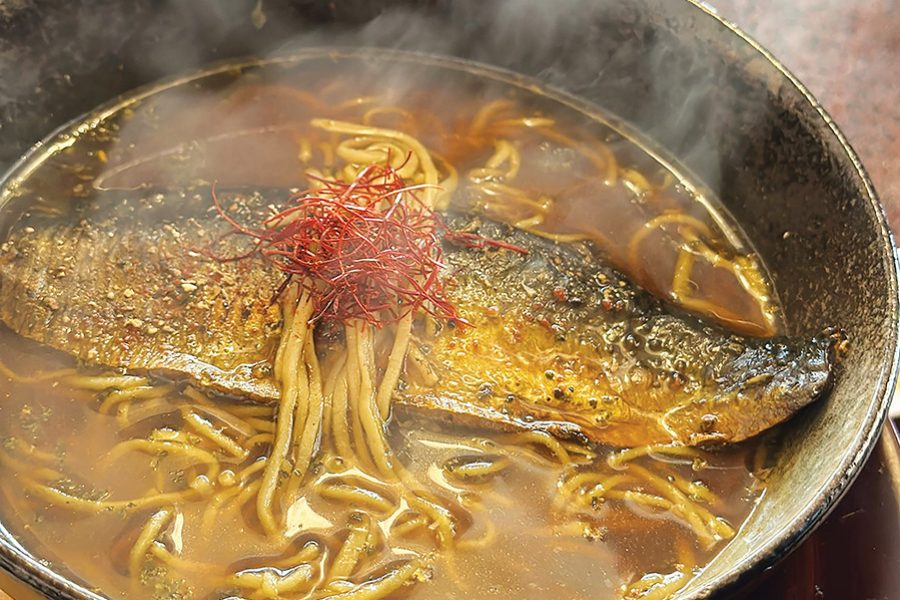
Credit: Alice Chan
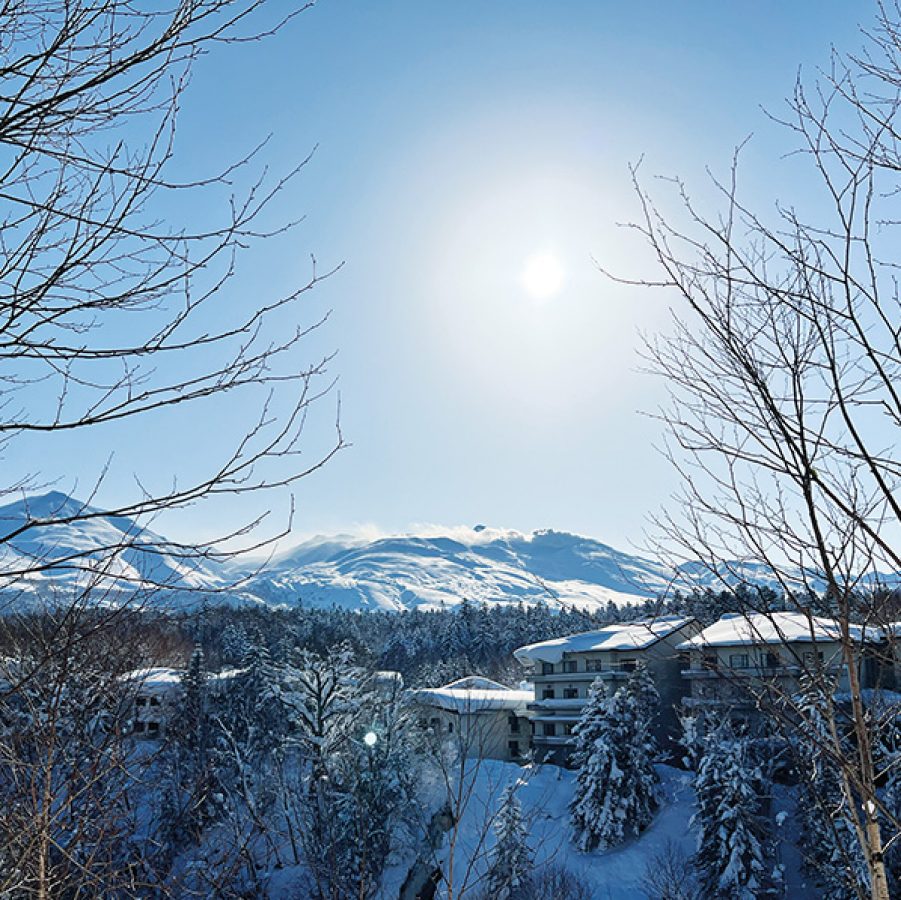
Credit: Alice Chan
By day we slurped noodles at the Kitanomine Gondola canteen and nearby Inaka Soba Tamaya and lapped up Hokkaido’s famous, hearty soup curry in town at Furanoya . By night, we sampled some of Furano’s best restaurants (reservations are a must during peak season), from cheap and cheerful shabu shabu at Sennari , seasonal bites at Robata – a lively little izakaya with seating wrapped around an irori sunken hearth, to very reasonably priced kaiseki sets at Furano Wabisuke , which highlights local produce and has a great Hokkaido sake selection.
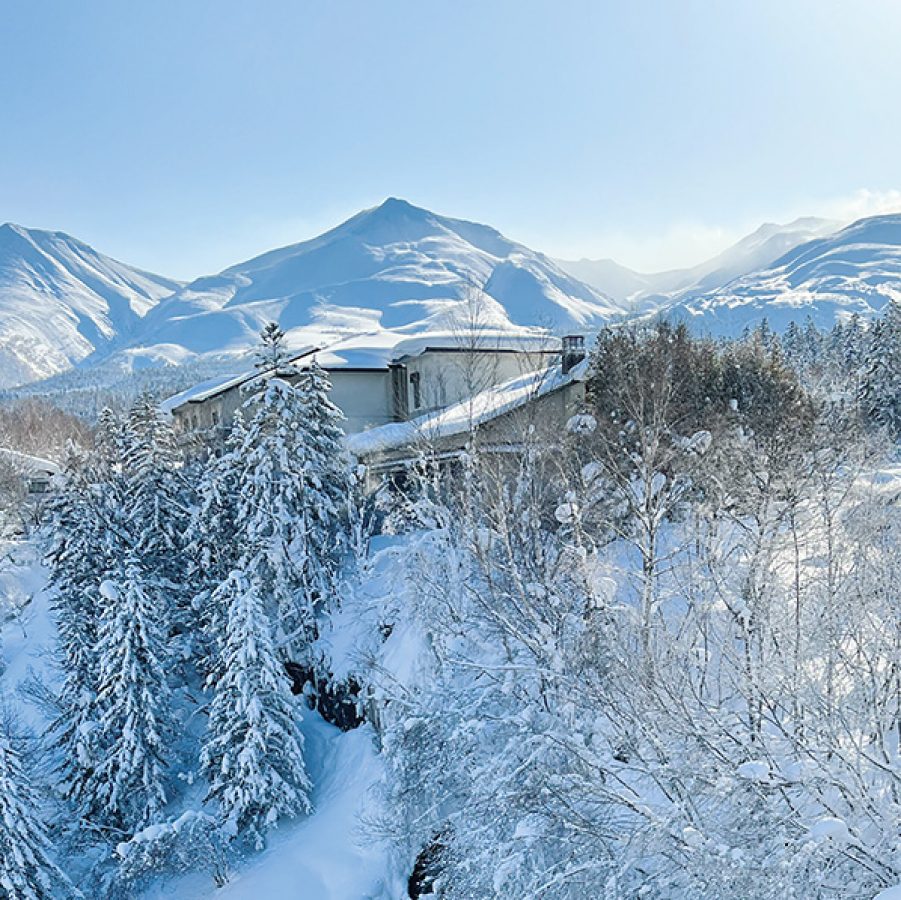
Credit: Alice Chan
Furano can’t quite compete with Niseko’s epic powder dumps. On average, Niseko gets 14 metres of snow per season, while the east-facing slopes of Furano receive nine. That’s still a fair amount by global standards, and Furano fans will be quick to tell you the area is protected from the coastal winds that occasionally shut down Niseko’s lifts, and enjoys more bluebird days and the driest, fluffiest powder, thanks to the lower humidity inland. Best of all, Furano is at the centre of the Hokkaido Powder Belt – a 200km stretch that goes from north to south and comprises the majestic Daisetsuzan mountain range and surrounding resorts. It means that if Furano’s snow conditions are less than ideal, there are a bunch more resorts down the road.
For leisurely skiers like me who mostly stick to groomed runs, an hour’s drive north of Furano will land you in Kamui Ski Links , or head south-east instead for Tomamu and Sahoro resorts. Powder hounds who want a taste of the backcountry will do well by heading north-east of Furano to Tokachidake, Kurodake and Asahidake – all in Daisetsuzan National Park.
“Kurodake and Asahidake are phenomenal for backcountry. They both have lifts to help you up but once you’re there, there’s no infrastructure or ski patrol,” says Nick. “Tokachidake is pure backcountry and there are plenty of other options in the area. Wherever you go, hire a professional backcountry guide such as those at Summit Ski School and Guiding . Even if you’re just going out of the gates in Furano, unless you have prior knowledge, you’ll need a guide.”
On my kind of ski holiday, you’re also allowed a day off from the slopes altogether – and there’s no shortage of sights and activities in and around Furano, from dog sledding to enjoying a bird’s eye view of the whole area from a hot air balloon. Or keep it simple by driving through the hills of Biei to Shirahige Waterfall – frozen in time during winter, with smoke blowing out of Tokachidake volcano behind it. Work up an appetite for dinner by donning a pair of snowshoes to explore the forest around Fukiage Hot Spring Health Center , then retreat inside for a therapeutic soak. After that, I’m ready for the slopes once more.
Get There
Furano is about 110km from Sapporo by road. From Sapporo Station, it’s a three-and-a-half-hour train journey to Furano Station, or about two-and-a-half by bus from the Chuo Bus Sapporo Terminal.
More inspiration
Sapporo travel information
- China – the Chinese Mainland, Hong Kong SAR, Macao SAR and Taiwan Region
- Hong Kong SAR - English
- Chinese Mainland (China) - English
- Taiwan, China - English
- 香港特別行政區 - 繁體中文
- 中国內地 - 简体中文
- 中國台灣 - 繁體中文
- Africa
- South Africa - English
- Asia
- Bangladesh - English
- Korea - English
- Singapore - English
- Cambodia - English
- 한국 - 한국어
- Sri Lanka - English
- India - English
- Malaysia - English
- Thailand - English
- Indonesia - English
- Maldives - English
- ประเทศไทย - ภาษาไทย
- Indonesia - Bahasa Indonesia
- Myanmar - English
- Vietnam - English
- Japan - English
- Nepal - English
- Việt Nam - tiếng Việt
- 日本 - 日本語
- Philippines - English
- Australasia
- Australia - English
- New Zealand - English

